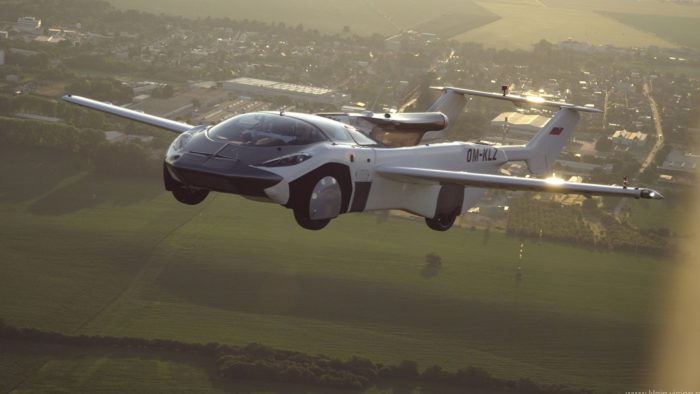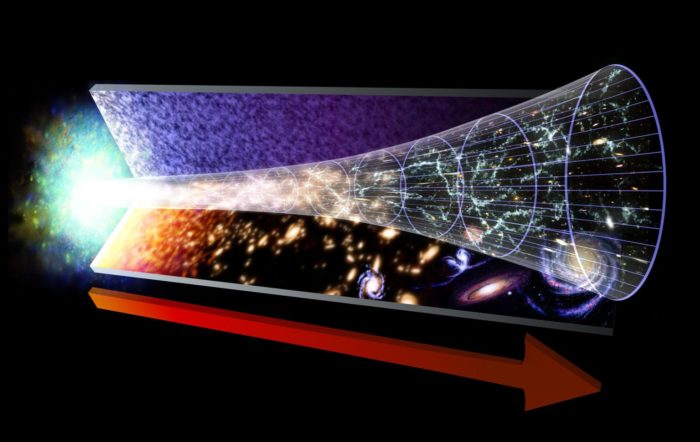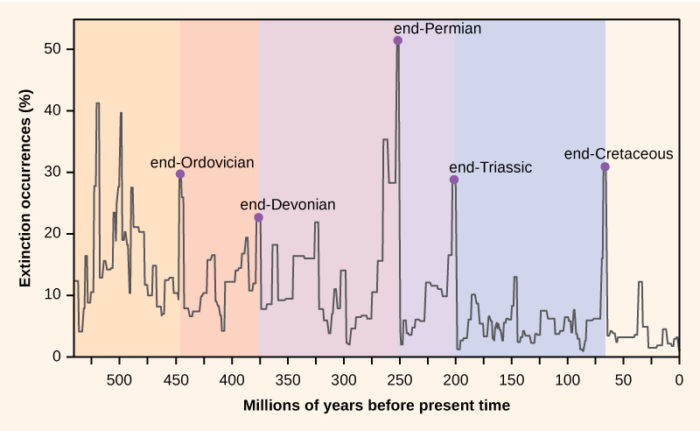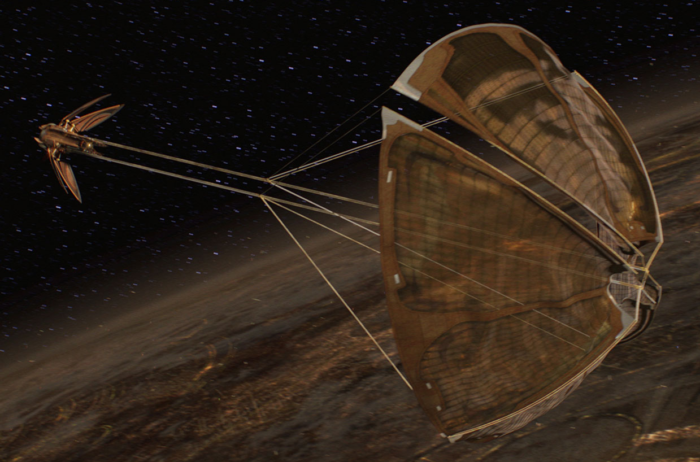“The personal-transport revolution is definitely coming but not really looking like this. From a transport point of view, it has a niche – although, a very interesting niche.”
Exactly, this will be a niche market at best, like the Segway. There isn’t going to be an AirCar in every garage. At this point, actually, the real question is – is there any niche for this vehicle beyond an expensive toy? That remains to be seen. I don’t think there is going to be much of a market to own these vehicles personally, again beyond a few of the wealthy looking for an expensive novelty. The core question, it seems to me, is what is the real advantage here? Since you have to drive to an airport to take off, what is the advantage of the AirCar over simply driving a car to an airport and then getting in a plane? I suppose the small advantage would be that you would not have to change vehicles, or have a car waiting at your destination. But for that advantage you have a vehicle that is not a great car or a great plane.
The company is positioning the vehicle as a service, to serve the medium range market. For example, they are eyeing a Paris to London route. That service could look like, being picked up at your origin, driven to a dedicated airstrip (where the gas tank is topped off), flying to another dedicated airstrip near you destination, and then driving to your final destination. This would depend on building some infrastructure (the dedicated airstrips) to avoid using existing airports and therefore avoid delays. Although, some very small local airports may serve well. Passengers are limited to three, and it does not look like there is much room for luggage. This could serve a corporate niche, if a few executives need to make a day trip to a nearby city where driving would take too long and flying would be too cumbersome. Is there going to be a sweet-spot of cost and convenience here? I would not be optimistic, but it’s not impossible.
I also agree with Wright that this is not what the personal-transport revolution will look like. If there is going to be one, then that would take a real flying car, one that can take off vertically and take you directly to your destination. In sci-fi futures, such vehicles usually essentially levitate, using some kind of anti-gravity. While this would be ideal, it is probably not allowed for by physics, and for sure is not happening anytime soon. The only realistic option for a true flying car, then, is a drone that uses blades. Drone technology has advanced considerably, to the point that onboard computers can keep them level and make them easy to fly.
As I discussed before, one main problem with the flying drone car is efficiency. It simply takes a lot more energy to get off the ground than it does to roll over it. But, when you crunch the numbers a flying car can be energy and cost efficient in the right circumstance. Mostly this means flying over congested traffic or geographical barriers. The technology seems to be getting close – essentially this mostly means just scaling up existing drones. Electric vehicle technology is already adequate, and only getting better. From my reading it seems we will have some working versions of drone cars by the end of the decade, but it will probably take another 10-20 years before the technology really matures.
And again the question becomes, will there be a profitable niche to bootstrap the drone car industry to the point of mass production and then personal use, or at least extensive use? This seems plausible, depending on cost. If you could turn a 2 hour commute into a 20 minute commute for the cost of an Uber service, then I can envision a pretty large market. A related question is – will use become large enough to provoke the creation of infrastructure to support expanded use? Once you get into that feedback loop, then the technology will (ahem) take off.
If I had to predict, I would say the flying car hybrid like AirCar will always remains a niche, at best, and likely will never be anything but a novelty. Meanwhile, drone cars are inevitable and are only a question of timing and how extensively they will be used. I know it feels like the flying car is a technology that is 20 years away, and always will be, but the technology underlying drones is a gamechanger that makes a flying car actually plausible. Often it takes much longer for new technologies to come to fruition than is initially imagined, but that does not mean they will never come.
 The ability to detect with high accuracy if someone is lying would be extremely useful in many scenarios, but most obviously law enforcement. The idea is so alluring that we collectively just cannot give up on it, no matter how elusive the technology has turned out to be. The media typically presents the issue as a matter of lie-detection technology, and likes to hype new fancier technology as if that is going to be the path toward highly effective lie detection. I will explain below why that is likely not true, but first lets take a look at the latest such reporting.
The ability to detect with high accuracy if someone is lying would be extremely useful in many scenarios, but most obviously law enforcement. The idea is so alluring that we collectively just cannot give up on it, no matter how elusive the technology has turned out to be. The media typically presents the issue as a matter of lie-detection technology, and likes to hype new fancier technology as if that is going to be the path toward highly effective lie detection. I will explain below why that is likely not true, but first lets take a look at the latest such reporting.
 The
The  In “The Future” we will have flying cars. Or so we have been promised since there were cars. The flying car is an almost ubiquitous element of visions of the future, whenever that future is. I have been seeing prototype flying cars on TV since I was a child, with reporters breathlessly touting how soon we might have one in every garage. And yet this promise remains elusive.
In “The Future” we will have flying cars. Or so we have been promised since there were cars. The flying car is an almost ubiquitous element of visions of the future, whenever that future is. I have been seeing prototype flying cars on TV since I was a child, with reporters breathlessly touting how soon we might have one in every garage. And yet this promise remains elusive. Was there ever or is there currently any life on Mars is one of the biggest scientific questions of our time. If we do manage to find the remnants of life on Mars, we may be able to ask a deeper question – what is the relationship between that life and life on Earth? Are they related or completely independent? This, in turn, informs our speculations about how common life is in the Universe. For how, however, the question about life on Mars in an open one.
Was there ever or is there currently any life on Mars is one of the biggest scientific questions of our time. If we do manage to find the remnants of life on Mars, we may be able to ask a deeper question – what is the relationship between that life and life on Earth? Are they related or completely independent? This, in turn, informs our speculations about how common life is in the Universe. For how, however, the question about life on Mars in an open one. Arguably the biggest question is cosmology is where the Big Bang came from. We can extrapolate back from our observations of the universe and draw some high confidence conclusions. Since the universe is expanding, if we rewind time then the universe would contract as we go back in time until – it must have been a single point, an original singularity. The moment this point expanded rapidly into the universe was the Big Bang, but where did all the matter and energy that make up the universe come from to begin with? To make matters more confusing, the Big Bang also created space-time, so any reference to things happening at or before the Big Bang is tricky.
Arguably the biggest question is cosmology is where the Big Bang came from. We can extrapolate back from our observations of the universe and draw some high confidence conclusions. Since the universe is expanding, if we rewind time then the universe would contract as we go back in time until – it must have been a single point, an original singularity. The moment this point expanded rapidly into the universe was the Big Bang, but where did all the matter and energy that make up the universe come from to begin with? To make matters more confusing, the Big Bang also created space-time, so any reference to things happening at or before the Big Bang is tricky. There have been five recognized mass extinctions in the history of life on Earth, and a number of smaller ones. They include, in order:
There have been five recognized mass extinctions in the history of life on Earth, and a number of smaller ones. They include, in order: The first day of my high school astronomy class the teacher began with a task – draw the universe. It was a clever way to engage the class, and immediately brought home that none of us had any idea what the universe, as a whole, looked like. Part of our ignorance was due to the fact that scientists didn’t know much about the structure of the universe at the time (1981). This was before we knew about dark matter or dark energy, knew that the universe’s expansion was accelerating, or had many of the modern instruments we now have to survey the universe and build a model. Most of us just drew a bunch of galaxies, but had no idea about the highest level order of structure.
The first day of my high school astronomy class the teacher began with a task – draw the universe. It was a clever way to engage the class, and immediately brought home that none of us had any idea what the universe, as a whole, looked like. Part of our ignorance was due to the fact that scientists didn’t know much about the structure of the universe at the time (1981). This was before we knew about dark matter or dark energy, knew that the universe’s expansion was accelerating, or had many of the modern instruments we now have to survey the universe and build a model. Most of us just drew a bunch of galaxies, but had no idea about the highest level order of structure. David Bennett, 57, had terminal heart disease. He was bed-ridden and kept alive on a heart machine for the last six weeks, a temporary measure at best. He was deemed too sick for a donor heart transplant, which are in limited supply and given to the patients most likely to benefit from them. Essentially, his options were over and death was imminent and unavoidable. For this reason he was considered a viable candidate for an experimental procedure, and the FDA granted emergency use authorization under its compassionate use guidelines.
David Bennett, 57, had terminal heart disease. He was bed-ridden and kept alive on a heart machine for the last six weeks, a temporary measure at best. He was deemed too sick for a donor heart transplant, which are in limited supply and given to the patients most likely to benefit from them. Essentially, his options were over and death was imminent and unavoidable. For this reason he was considered a viable candidate for an experimental procedure, and the FDA granted emergency use authorization under its compassionate use guidelines. Perhaps the greatest challenge of current theoretical physics is to come up with a testable theory that unites the principles of general relativity with quantum mechanics. This has proven to be a very challenging problem, one that may take generations of physicists to crack. Right now physicists are mostly stuck in the theoretical realm, trying to come up with theories (like string theory) that may be internally mathematically consistent, but are challenging to falsify experimentally. However, Rana Adhikari, professor of physics at Caltech, and her colleagues
Perhaps the greatest challenge of current theoretical physics is to come up with a testable theory that unites the principles of general relativity with quantum mechanics. This has proven to be a very challenging problem, one that may take generations of physicists to crack. Right now physicists are mostly stuck in the theoretical realm, trying to come up with theories (like string theory) that may be internally mathematically consistent, but are challenging to falsify experimentally. However, Rana Adhikari, professor of physics at Caltech, and her colleagues  The Fermi Paradox points to an apparent contradiction – the universe is a big place, and the laws of physics that have allowed life to evolve on Earth are the same everywhere. Therefore, the universe must be humming with life. Yet, we have not detected any evidence of extrasolar life so far. Given our current technology the only way we could have made such a detection is if such life came visiting to our own solar system. To date there is
The Fermi Paradox points to an apparent contradiction – the universe is a big place, and the laws of physics that have allowed life to evolve on Earth are the same everywhere. Therefore, the universe must be humming with life. Yet, we have not detected any evidence of extrasolar life so far. Given our current technology the only way we could have made such a detection is if such life came visiting to our own solar system. To date there is 




